Why Quarantine is Essential
- Prevents disease spread
- Allows behavior observation
- Aids environmental adjustment
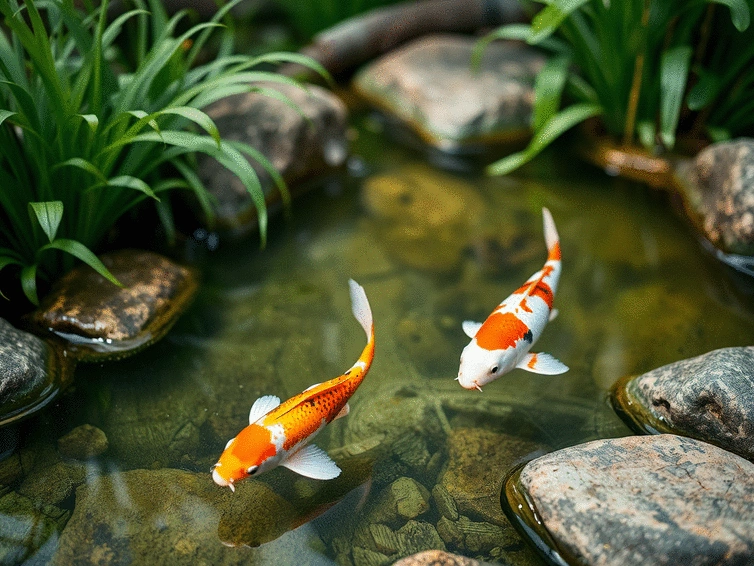
In the world of koi keeping, the age-old adage holds true: "An ounce of prevention is worth a pound of cure." Quarantining your new koi is a practice that not only protects your investments but ensures the health of your entire pond ecosystem.
Protecting your koi pond ecosystem involves a critical quarantine phase for new fish. This visual outlines the key steps and risks, emphasizing proactive health management.
Quarantining new koi fish is not just a precaution; it’s a vital step in maintaining the health of your entire koi pond ecosystem. By isolating new additions before introducing them to your established pond, you give yourself the opportunity to monitor their health, ensuring they are free from diseases that could affect your other koi. This approach can save you significant time, stress, and financial investment down the line.
As a koi pond enthusiast, I've seen firsthand how adopting a quarantine process protects not only your fish but also the overall balance of your pond's ecosystem. This essential practice aids in preventing the spread of illnesses and helps to keep your aquatic environment thriving. For detailed guidelines on aquatic animal health procedures, you can refer to resources such as the U.S. Fish and Wildlife Service's Aquatic Animal Health Procedures and Protocols.
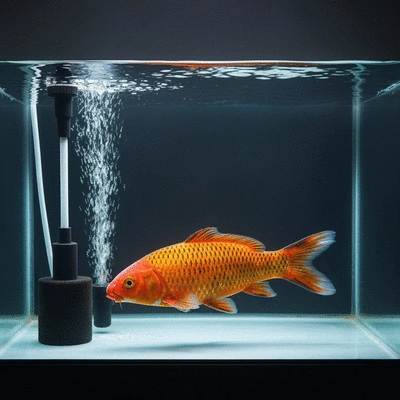
By understanding the importance of quarantine, you can enhance your fish-keeping experience. It provides a controlled environment for new arrivals to acclimate, reducing the risk that they might introduce harmful pathogens into your main pond. Additional insights into fish health management can be found in documents like the USDA's technical working group guidance on aquatic animals.
Skipping the quarantine phase might seem tempting, especially when you're excited about your new koi! However, it’s critical to remember that the risks can far outweigh the benefits. Each koi is an investment, and protecting them should be your top priority. For specific recommendations on koi quarantine, resources like Arizona Exotic Animal Hospital's koi quarantine guidelines provide valuable information.
Recognizing these signs early can make all the difference in the health of your new koi. By keeping a watchful eye during the quarantine period, you can take prompt action if any issues arise, ensuring that your koi remain healthy and vibrant additions to your pond.
To enhance your quarantine process, consider adding a small aquarium heater to maintain a stable water temperature. This can help reduce stress for your new koi, allowing them to acclimate more comfortably to their new environment. Remember, a stress-free koi is a healthy koi!
As we wrap up our discussion on the best practices for koi quarantine, it’s essential to recognize that these steps are critical to maintaining a healthy koi pond ecosystem. Quarantining new fish is not just a precaution; it is an investment in the long-term vitality of your aquatic environment. By following the appropriate procedures, you can minimize risks and ensure that your existing koi remain healthy and thriving.
Here’s a quick recap of the key steps to keep in mind:

At Best Koi Ponds, we believe that proactive management is the cornerstone of successful koi keeping. Regularly monitoring your fish and the water quality not only helps catch potential issues early but also fosters a deeper connection with your aquatic friends. Remember, healthy koi lead to a vibrant pond, and your dedication to their care is key.
As an enthusiast myself, I’ve seen firsthand how these practices can transform a koi pond into a thriving ecosystem. Each step you take in your quarantine process enhances your ability to enjoy your koi for years to come. It’s about creating a sustainable habitat that reflects your passion for these beautiful creatures!
To further improve your quarantine experience, I highly recommend investing in water testing kits. These tools are invaluable for monitoring pH levels, ammonia, nitrites, and nitrates, ensuring that your quarantine tank remains a safe haven for your new koi. Here are some key benefits of using water testing kits:
With these kits, you can take control of your koi's environment, making every quarantine cycle a successful experience. It's just one more way to ensure that your koi pond remains a place of beauty and joy!
Here is a quick recap of the important points discussed in the article:
Koi Pond Budgeting Made Simple
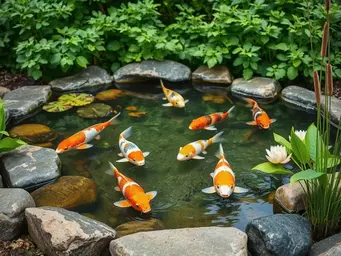
Building a koi pond is not just about creating a beautiful water feature; it’s an investment that
Building a Self-Sustaining Koi Pond
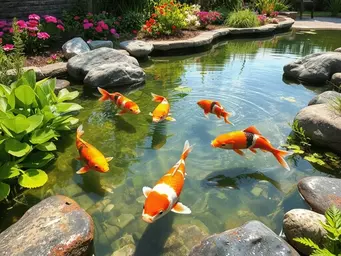
Creating a self-sustaining koi pond is not just about aesthetics; it's about building a harmonious e
Koi Care Tips for Every Season
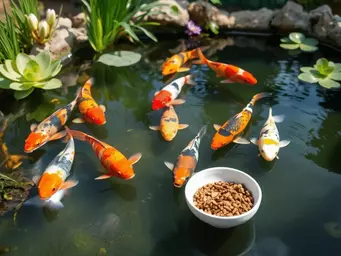
Did you know that the health of your koi is intricately linked to the seasons? Understanding how to
Koi Pond Budgeting Made Simple
Building a Self-Sustaining Koi Pond
Koi Care Tips for Every Season
Managing Koi Pond Chemical Levels
Koi Pond Building Mistakes to Avoid